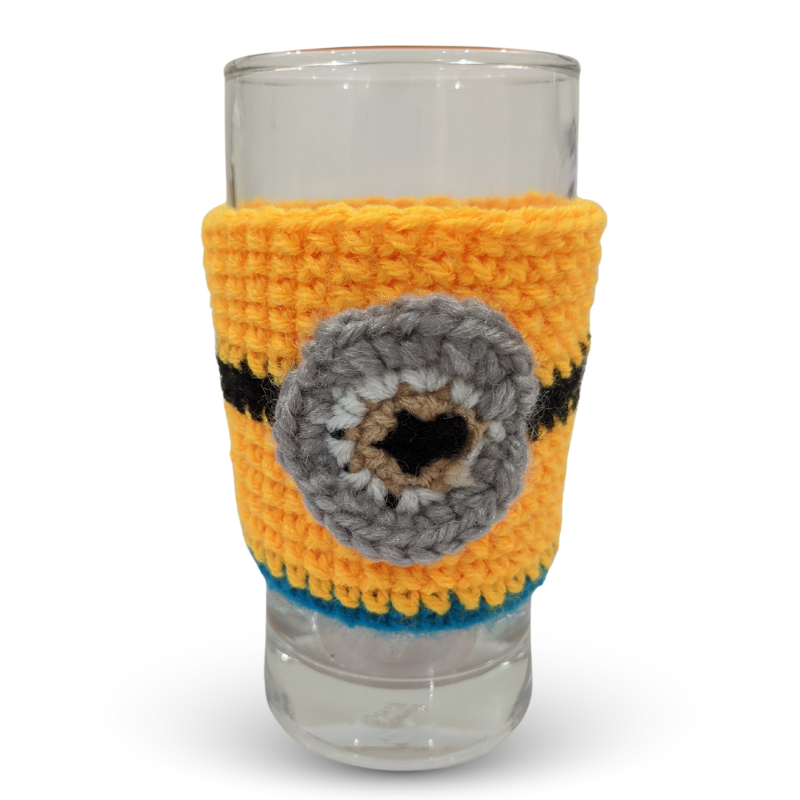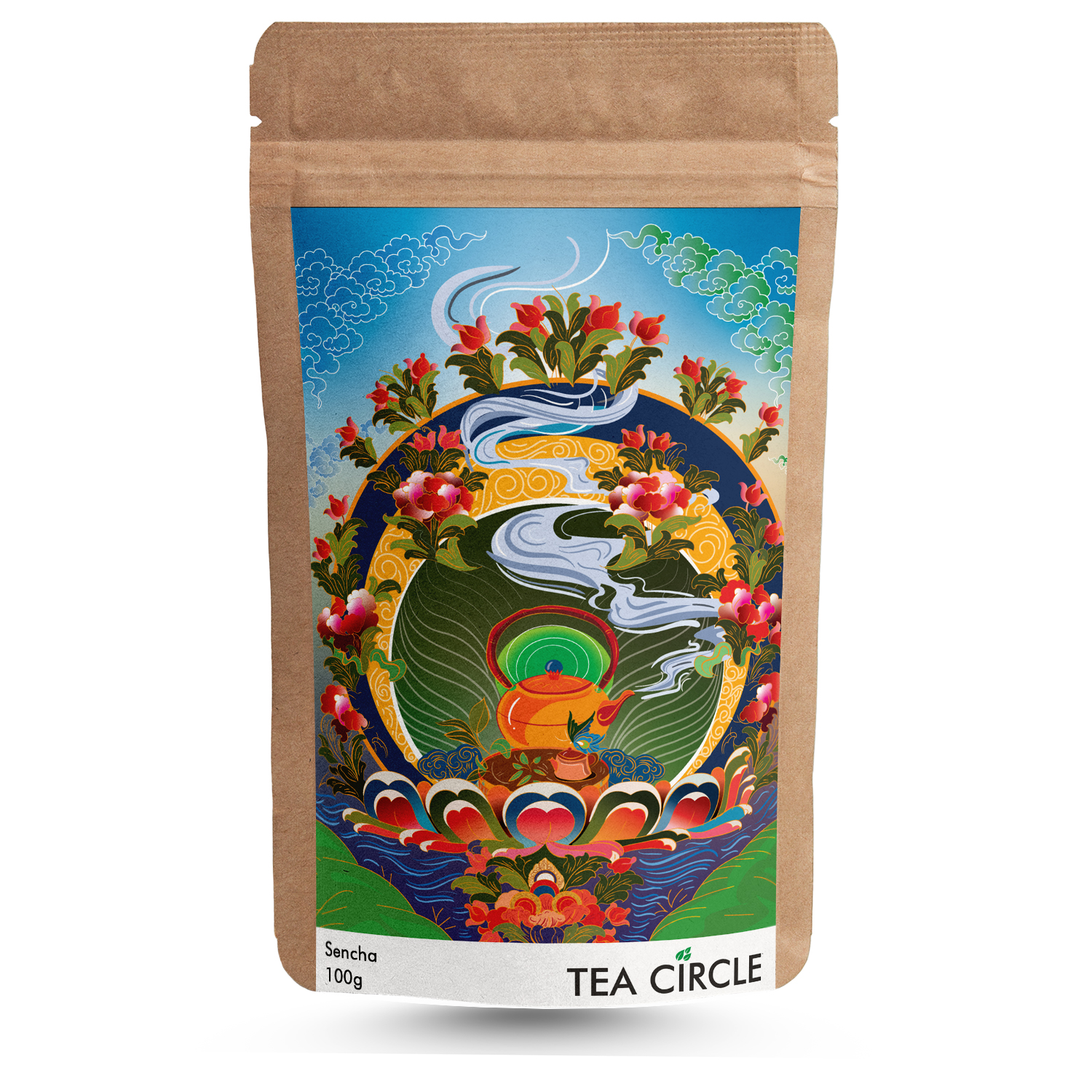Content marketing is a powerful marketing strategy that involves the creation and disseminating useful content to draw in potential customers. Content can take the form or blogs, videos, posts on social media or even data that is original.
It is a great way to engage customers throughout their journey, particularly during the awareness and consideration phases. For instance, Ocean Spray publishes recipes and lifestyle tips to attract customers.
Content Marketing Strategy
Content marketing is a long-term strategy that builds trust in the brand and loyalty to customers. It is based on the idea that sales are earned through providing value to customers. This value can be provided through education or entertainment.
Content marketing is constantly evolving, and brands must be able to adjust their strategies to meet new needs. A content strategy that clearly defines campaign goals is one way to achieve this. This will help the team to create content that supports those goals.
Content marketing campaigns are often designed to bring visitors to a website or email leads. This can be achieved by using a variety of content types, including blogs, eBooks, infographics, video, and social media posts. To develop a plan that is successful the team must first know their audience and how they interact with content on the internet. This will assist them in creating an appealing message that is relevant and appealing to their target market.
Another way to come up with a strategy for content marketing is to determine the buyer personas associated with the product or service. This will provide the team with a clear picture of who they are trying to connect with and [empty] what their main issues and problems are. If they can understand these challenges, the team can then provide valuable information to help them overcome those issues. This is a good way to increase sales and create confidence with potential customers.
Many companies struggle to implement a strategy for content marketing content strategy due to lack of leadership support or the appropriate skills. It is crucial that the CMO champions the content marketing program and ensures that there is a clear plan in place. This will also ensure that the team has the resources to be successful.
It is crucial that a business has a content plan in place prior to beginning to create content. This will help them to avoid wasting time and money on content that’s not efficient. The team should also create a solid SEO plan so that they can rank high in search engines.
Content Creation
Content marketing relies on creating helpful entertaining, educational, or informative information that viewers can search for on their own. This is different from traditional methods of marketing such as ads that interrupt viewers’ watching of television or online news.
A successful strategy for creating content begins by planning, executing and tracking. The person who designs a piece of content may not be the same as the person who is responsible for it. But, they should collaborate to ensure that the piece meets its objectives. This could mean brainstorming, keyword research or competitor analysis. Once the piece has been developed, it must be optimized in order to increase the chances of being successful on different channels. This can be achieved by making the item accessible to as many people through owned, earned, or paid distribution methods.
One of the most important aspects of creating content is determining what kind of content to create. Some ideas may be more suitable for videos or infographics, while others may be more suited to written text, such as blog articles or posts. Once the content is created it is then tested to see how it performs on each channel. This can be done by using metrics like page views, unique visitors, and conversions.
Once the content has been developed and optimized, it needs to be distributed to the appropriate audience. This can be done through a number of methods including social media marketing as well as newsletters sent via email. The aim is for the content to reach as many people possible and encourage people to take action whether that’s through visiting the company website or joining an email list.
Content can be used to aid in the sales funnel by drawing attention to problems that the customers were unaware of. This is referred to as “conversational marketing.” For example, John Deere has published The Furrow to help farmers since 1895. Other companies, like Michelin and Clif Bar, have used this technique to develop trust with their customers by sharing useful information that they wouldn’t otherwise divulge in advertisements.
Content Distribution
It’s not worth it to create amazing content if it fails to reach the people intended to view it. This is why a well-planned distribution strategy is as important as the content itself.
This process involves a combination owned, earned and payed channels to promote and make your content available for consumption. Your owned channels include your website, social media profiles as well as email newsletters and other digital platforms you control.
Search engine advertising (SEM) as well as Pay-per-Click (PPC), and sponsored posts on third party websites are all paid channels. While these methods can be costly however they can provide the advantage of putting your content in front of a wide audience quickly and effectively.
Whatever method you decide to use, it’s essential to establish clear goals and measurables for your content marketing strategy. A lot of marketers get lost in vanity metrics like page views for blog posts and open rates for emails and forget about the factors that drive sales and traffic. Setting goals, events, and UTM tag on your content is an easy way to ensure that you’re measuring the things that matter.
The content you distribute will depend on your business and the kind of content you create. A b2b brand may focus on social media, while an organization that focuses on b2c products and services might create educational videos. It’s also important to decide the types of content that work most effectively for your audience. This may include podcasts, blogs white papers, infographics, white paper, and more.
The ultimate goal of content marketing is to entice, engage and keep customers. This is achieved by creating and distributing valuable interesting, relevant, and engaging content that customers can discover on their own. It’s a far more efficient method than traditional marketing, which can be intrusive and interruptive.
Companies that adopt a content marketing tools-marketing strategy are more likely than others to establish trust and build loyalty to their customers. This can lead to more referrals and repeat sales. A solid content marketing strategy will aid businesses in growing and becoming more competitive on the internet.
Content Measurement
A content marketing strategy would be without a measurement tool that helps you assess the effectiveness of your campaigns. It also allows you to make changes as needed and to provide reports to those in your organization who are involved.
To evaluate the effectiveness of content marketing, you need to first identify the goals and the metrics you want to measure. These could include measures like engagement, conversions, and traffic. To determine these goals, you’ll need to review your performance and competitors. This will help you identify areas for improvement and growth opportunities.
Next, you’ll need to determine which of these metrics are the most crucial for your specific content marketing campaign. The most important factors will be determined by the intent of the content marketing, its type and the goals of your content marketing. If you are looking to increase sales, your main focus is on increasing the number of visitors and turning them into customers. If you’re looking to increase the visibility of your brand, your main goal should be to increase the number of people who visit your social media pages or websites.
Once you have established your goals, you’ll need a plan for the method you’ll use to measure each of the metrics you’ve selected. For instance, you could decide to make use of Google Analytics to track website traffic. This is one of the most commonly used metrics to measure content marketing and is an excellent place to begin.
Another metric that’s often tracked is the impact of your content in driving sharing. This can be measured using a variety of methods, such as by studying tweets, LinkedIn shares, and Facebook likes. You can determine the amount of times your content has been shared on other sites and networks using tools like BuzzSumo.
 Additionally, you’ll need keep track of conversions and other business metrics. This will allow you to understand the value and contribution of your content marketing efforts to your business. This will help you to make better choices about the sources and priorities for your content marketing campaigns.
Additionally, you’ll need keep track of conversions and other business metrics. This will allow you to understand the value and contribution of your content marketing efforts to your business. This will help you to make better choices about the sources and priorities for your content marketing campaigns.










